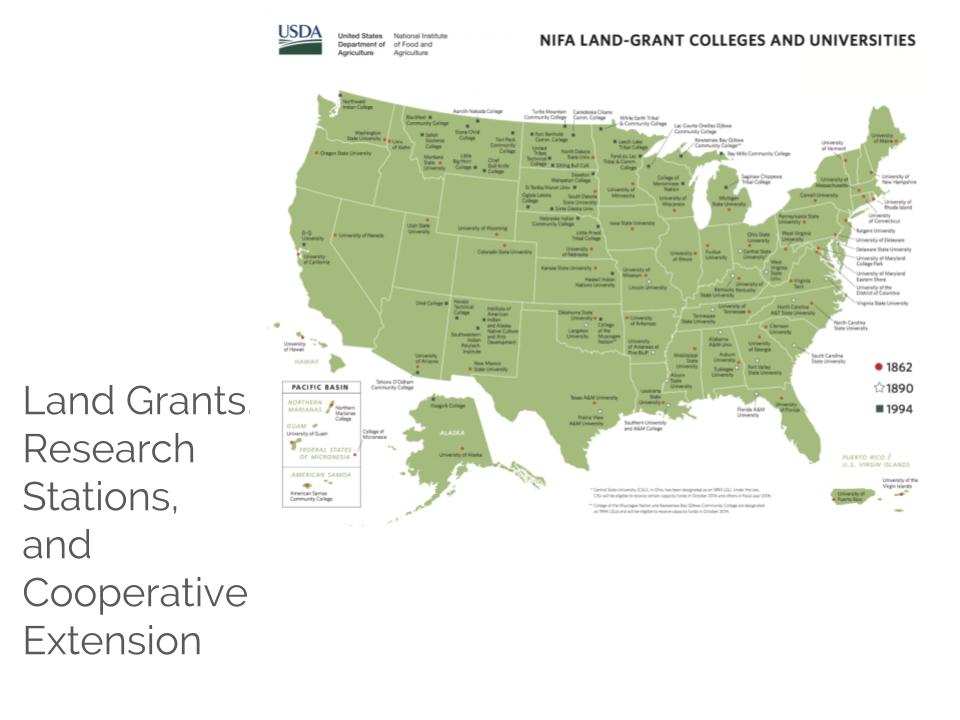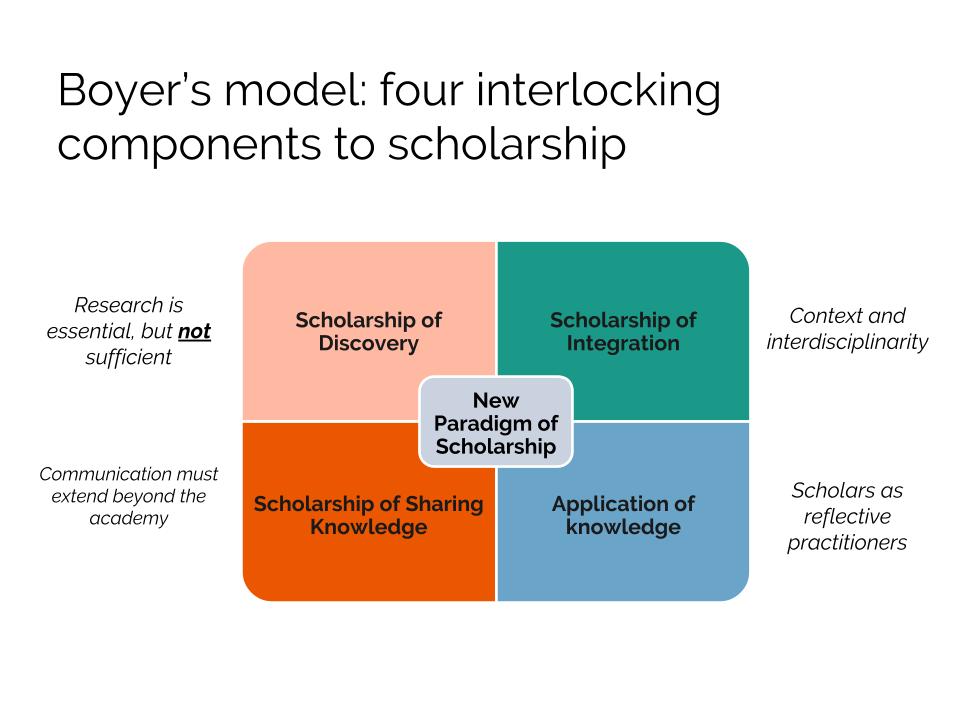Exploring altmetrics user personas at Virginia Tech

“Scholarship is not an ‘it’.”
This deceivingly simple statement from a 2000 article on extension education carries substantial implications for how we approach scholarly communication and impact evaluation. Scholarship, the authors suggest, is an iterative process, where outputs and other scholarly activities are components of a larger system, not end-points of a one-way exchange of information.
Extension education in the United States fosters a cooperative exchange of information between academia and external communities and stakeholders. The programs emerged out of Land Grant colleges, focusing on “practical” areas of study (agriculture, engineering, etc.), and to “support engaged work that cuts across the spectrum of teaching, research, and service.”

So how do we define and ascribe impact for this directly translational scholarship?
Extension and other College of Agriculture and Life Sciences programs at Virginia Tech University – work on experimental farms, partnerships with corporations to improve food safety, etc. – involve non-traditional scholarly outputs often aimed at “non-traditional” audiences, yet may not benefit from robust citation data. VT liaison and Scholarly Communication Librarian Inga Haugen has been grappling with this disconnect for years in her role supporting CALS scholars and programming.
Altmetric data offers new, expanded insights around who is sharing and discussing scholarship, and where these engagements are taking place. This information can prove especially valuable for those in translational fields – but use strategy must align with disciplinary practices and mission. When Inga approached me for help last fall after she attended my Virginia Tech Altmetric sessions, we began a collaborative research project to develop a framework for altmetrics user personas, grounded in the scholarship of engagement.
What is engaged scholarship?
Education scholar and advocate Ernest Boyer proposed the idea of engaged scholarship in the 1990s, imploring scholars to go beyond narrow academic echo chambers, and view impact as multi-dimensional. His paradigm identifies four components: the scholarship of discovery, scholarship of integration, scholarship of sharing knowledge, and application of that knowledge. Boyer’s model emphasizes that research itself is essential, but not sufficient; communication must extend beyond the academy; context and interdisciplinarity is key; and, scholars be viewed as reflexive practitioners.

Inga and I delved into the research process with this paradigm as our foundation. We first obtained approval under the protocols of VT’s Institutional Review Board and began collecting various primary data available before embarking upon our qualitative survey and interviews. We selected four initial CALS scholars at Virginia Tech, representing four unique scholarly perspectives – that of a more traditional researcher, teaching-focused scholars, extension agents, and those working in experimental agriculture research centers. The interviews offered rich information about each scholar’s outputs, motivations, frustrations, and goals, yet some resonate themes emerged:
- Narrative-driven metrics and storytelling are crucial – how can we craft impactful impact statements? How can we make scholarship personal and relatable?
- Outreach = key – scholarship involves engagement with numerous, diverse communities. How do we uncover and foster pathways from awareness to engagement to impact (social or behavioral change)?
- Current incentive systems and review structures don’t align with engaged scholarship – tenure and promotion, for example, are still closely tied to citation data. Can/should we develop a defined framework for analyzing altmetrics?
- Time limitations and resource constraints – Scholars’ division of labor often leaves them taxed, and strategic social and digital media outreach is labor intensive. How can we encourage a shift in impact evaluation to reflect broader scholarly engagement?
Next steps
After we finish analyzing collected data, we will create shareable, reusable altmetrics user persona frameworks to help inform organizations’ and scholars’ efforts to amplify research/scholarly visibility and maximize impact. We have already received lots of positive feedback about the valuable potential for these personas – and are thrilled that librarians at Texas A&M University intend to take our study and conduct parallel research at their institution.
Altmetrics provide complementary data to help uncover pathways to targeted, diverse impacts – as defined by the unique scholars and communities represented. The scholarship of engagement is a conversation about values and mission and must be approached from a critical lens. Boyer’s words from 1996 ring even truer today, in the evolving contemporary research climate: “the academy must become a more vigorous partner in the search for answers to our most pressing social, civic, economic, and moral problems, and must reaffirm its historic commitment to… the scholarship of engagement.”
Lily Troia and Inga Haugen presented on the first phase of their research at the 2018 Open Repositories conference, and on further progress this week at 5:AM, an annual conference focused on the altmetrics community.
Register here to receive the latest news and updates from Altmetric
